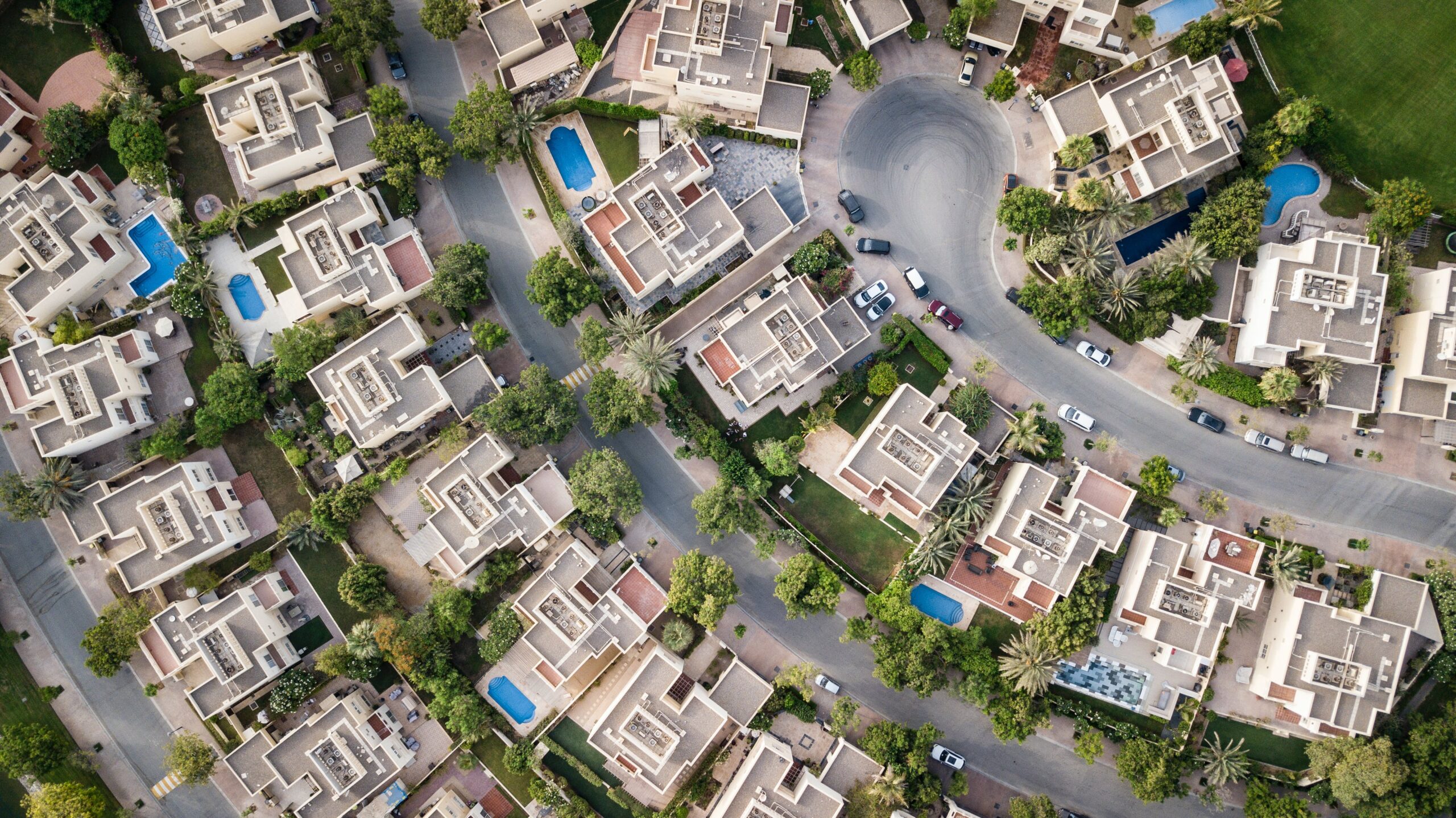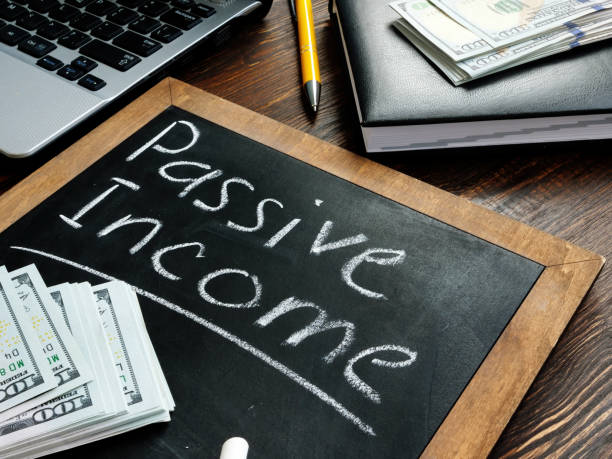As climate concerns rise and homeowners grow more environmentally conscious, the demand for sustainable housing has never been stronger. Buyers are no longer just looking for square footage and modern finishes—they’re prioritizing energy efficiency, lower carbon footprints, and eco-conscious construction. For real estate agents, developers, and sellers, understanding how to list sustainable homes effectively is becoming essential.
What Are Sustainable Homes?
Sustainable homes are designed to reduce environmental impact through energy efficiency, resource conservation, and long-term resilience. These properties incorporate eco-friendly materials, renewable energy sources, efficient appliances, and intelligent water management systems. A truly sustainable home also considers location, orientation, and the building’s life cycle—from construction to eventual deconstruction.
Common features of sustainable homes include:
-
Solar panels or other renewable energy systems
-
High-efficiency HVAC and insulation
-
Low-flow water fixtures and rainwater harvesting
-
Smart home technology for energy monitoring
-
Use of recycled, low-VOC, or sustainably sourced materials
-
Green roofs or landscaping designed for local ecosystems
Why Sustainability Sells
According to several recent studies, sustainable homes not only sell faster but often at a premium. Buyers are increasingly factoring long-term utility savings and environmental impact into their decisions. In many regions, local governments offer incentives or tax credits for green homes, further enhancing their appeal.
Moreover, younger buyers—especially Millennials and Gen Z—are showing strong preferences for properties that align with their values, including environmental responsibility.
How to List a Sustainable Home Effectively
1. Highlight Green Certifications
One of the strongest selling points for a sustainable home is third-party certification. Make sure to include any of the following credentials prominently in your listing:
-
LEED (Leadership in Energy and Environmental Design)
-
ENERGY STAR Certification
-
Passive House Certification
-
Living Building Challenge
-
National Green Building Standard (NGBS)
These designations serve as proof of a property’s performance and reassure buyers of its long-term value and efficiency.
2. Use the Right Keywords
In digital listings, search terms matter. Include sustainability-focused keywords such as:
-
“Energy-efficient”
-
“Solar-powered”
-
“Net-zero energy”
-
“Eco-friendly materials”
-
“Low environmental impact”
-
“Green building certified”
-
“Smart energy systems”
These terms can improve visibility on listing sites and help attract the right audience.
3. Showcase Sustainable Features Visually
Photos and videos are powerful tools in real estate marketing. For sustainable homes, go beyond the traditional shots. Highlight:
-
Solar panels on the roof
-
Green appliances or control panels
-
Sustainable landscaping (e.g., xeriscaping or native plants)
-
EV charging stations
-
Eco-friendly building materials (like bamboo flooring or reclaimed wood)
If possible, include drone footage or virtual tours that emphasize natural lighting, orientation, and integration with the surrounding environment.
4. Quantify the Benefits
Sustainability is not just about helping the planet—it’s also about helping buyers save money. Whenever possible, provide data:
-
Average monthly energy costs before and after upgrades
-
Estimated water savings from efficient fixtures
-
ROI on solar panels or other renewable investments
-
Certifications with performance scores (like a HERS rating)
Numbers help prospective buyers understand the tangible advantages of living sustainably.
5. Tell the Story
Buyers connect with stories, not just specs. Use your listing to describe the homeowner’s or builder’s sustainability journey. Why was the house built or renovated this way? What challenges and solutions came up? Storytelling can humanize the listing and create emotional engagement.
6. Work With Green Real Estate Experts
If you’re an agent or seller unfamiliar with the nuances of sustainable housing, consider collaborating with green real estate professionals. Look for Realtors with the GREEN designation from the National Association of Realtors or similar credentials. They can help position the property effectively, ensure compliance with disclosure requirements, and connect with the right buyers.
Challenges and Considerations
While listing sustainable homes presents many opportunities, there are also some challenges:
-
Appraisal gaps: Not all appraisers are trained to value green features appropriately, which can affect loan approvals.
-
Buyer education: Some prospective buyers may not fully understand the benefits or maintenance of sustainable features.
-
Regulatory differences: Building codes and incentive programs vary widely by location.
To overcome these issues, agents and sellers should proactively educate buyers and work with specialists when needed.
The Future of Sustainable Listings
As building codes evolve and climate awareness spreads, sustainable homes will become less of a niche and more of a norm. Smart listing strategies today can place sellers ahead of the curve and meet the growing expectations of eco-minded buyers.
Technology is also helping. MLS systems are beginning to integrate green data fields, and AI-driven platforms can highlight sustainable features automatically. Digital tools like energy modeling and environmental impact calculators can enhance listings even further.
Conclusion
Sustainable homes represent the intersection of responsible living, modern design, and smart investment. Listing them effectively requires more than a standard marketing approach—it involves thoughtful communication of values, performance, and future savings. As buyers increasingly prioritize the planet alongside their property, understanding how to list sustainable homes is not just good practice—it’s essential for staying competitive in today’s real estate market.
Frequently Asked Questions
What qualifies a home as “sustainable”?
A sustainable home is designed and built to minimize environmental impact, maximize energy and water efficiency, and promote healthy living environments. Key elements include:
-
Energy Efficiency: Homes with high R-value insulation, efficient HVAC systems, LED lighting, and ENERGY STAR appliances.
-
Renewable Energy Sources: Solar panels, geothermal heating, or wind turbines.
-
Water Conservation: Low-flow toilets and faucets, greywater systems, and drought-tolerant landscaping.
-
Eco-Friendly Materials: Use of recycled, reclaimed, or sustainably sourced building materials, and low-VOC paints and finishes.
-
Smart Technologies: Systems that monitor and optimize energy and water use.
Certifications such as LEED, Passive House, or ENERGY STAR help validate a home’s sustainability credentials.
How do I highlight sustainable features in a property listing?
To attract eco-conscious buyers, your listing should be clear, specific, and keyword-rich. Include:
-
Visuals: Photos of solar panels, energy-efficient appliances, smart thermostats, green roofs, or EV charging stations.
-
Certifications: Mention third-party certifications and their levels (e.g., “LEED Gold-certified”).
-
Data: Include statistics like average monthly utility bills or HERS scores.
-
Keywords: Use terms like “eco-friendly,” “energy-efficient,” “net-zero,” and “low carbon footprint.”
Also, use storytelling to describe how the home contributes to sustainable living—for example, how much CO₂ the solar panels offset annually.
Do sustainable homes sell for more than traditional homes?
In many cases, yes. Studies from sources like the National Association of Realtors and the Appraisal Institute show that sustainable homes can sell for 3% to 8% more than comparable non-sustainable homes. The premium depends on:
-
Location (urban areas with eco-conscious buyers typically see higher premiums)
-
Visibility of sustainable features
-
Availability of certifications
-
Local energy costs (higher energy savings = higher perceived value)
Moreover, green homes often spend less time on the market, as demand is growing among younger buyers who prioritize eco-conscious living.
How do I ensure the appraiser values the green features correctly?
This is a common challenge. Here’s how to help:
-
Provide Documentation: Submit a green appraisal addendum (like the Appraisal Institute’s Residential Green and Energy Efficient Addendum) along with the listing.
-
Highlight Savings: Present utility bills, energy modeling reports, or solar production data.
-
Choose a Green-Certified Appraiser: When possible, request an appraiser with training in green homes (e.g., members of the Appraisal Institute’s Valuation of Sustainable Buildings program).
-
Educate Lenders: Work with mortgage brokers and lenders who understand how green features contribute to long-term savings and value.
Are there tax incentives or rebates for buyers of sustainable homes?
Yes, in many regions. Common incentives include:
-
Federal Tax Credits: In the U.S., buyers may qualify for the Residential Clean Energy Credit (30% tax credit for solar, wind, geothermal, etc.).
-
State and Local Programs: Rebates or credits for installing energy-efficient appliances, insulation upgrades, or water-saving fixtures.
-
Utility Rebates: Many energy companies offer rebates for smart thermostats, LED lighting, and weatherization.
-
Property Tax Exemptions: Some jurisdictions offer reduced property taxes for certified green homes or renewable installations.
Agents should guide buyers to resources like DSIRE (Database of State Incentives for Renewables & Efficiency) for up-to-date programs.












